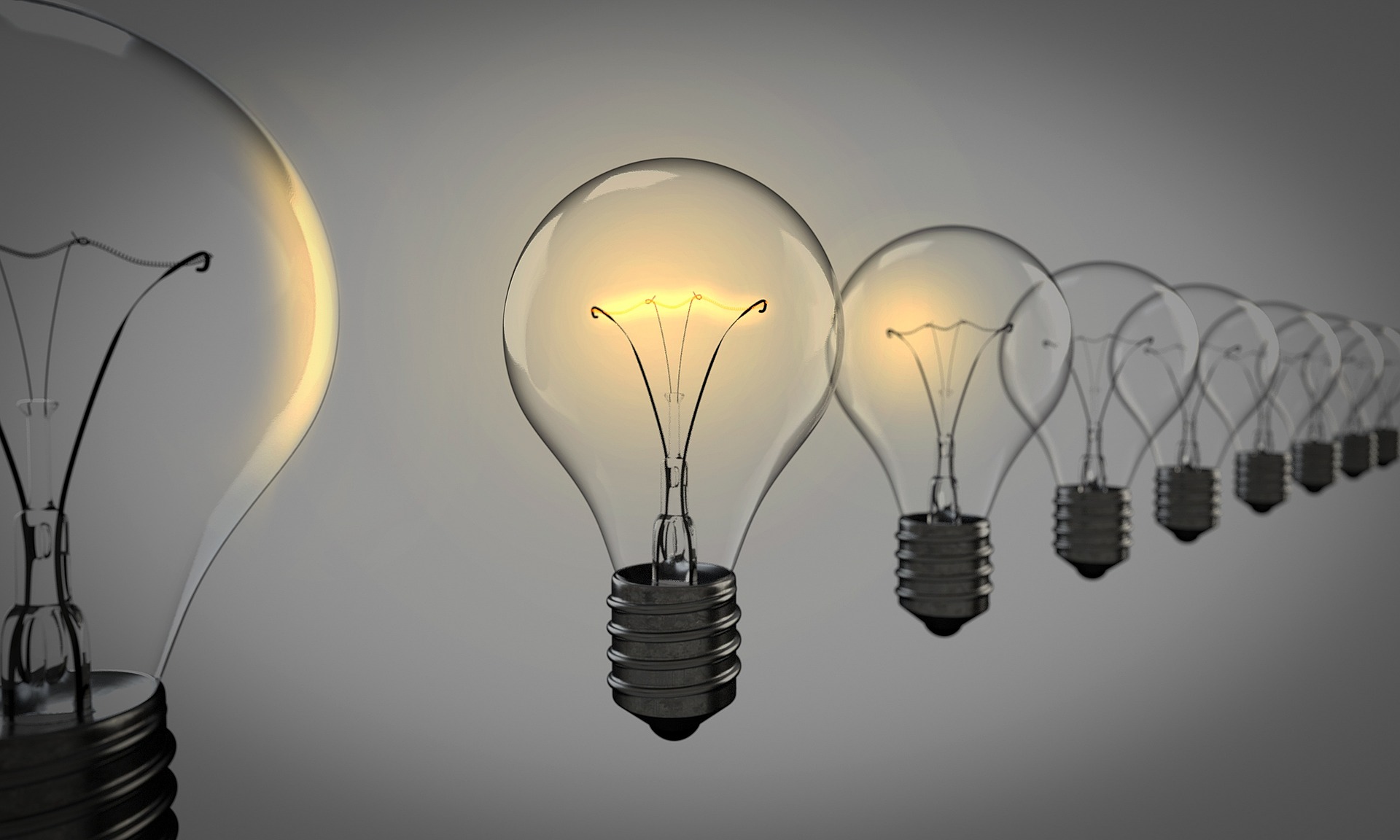Piezoelectricity: Powering The Future Through Pressure
Ever wondered how your smartphone screen works with just a touch? Welcome to the fascinating world of piezoelectricity - the silent partner powering much of our tech-laden lives.

The Pioneers of Piezoelectricity
A French word encompassing ‘pressure’ and ‘electricity’, piezoelectricity’s roots trace back to 1880. The pioneering Curie brothers, Pierre and Jacques, discovered quartz crystals could generate spark when squeezed. Their remarkable discovery showcased how mechanical pressure could be converted to electricity, thereby illuminating the path to numerous applications - from humble lighters and ultrasound machines to complex sensor technologies.
The Silent Operator In Your Smartphone
Touch your smartphone and something wondrous happens. The applied force deforms certain piezoelectric materials, generating voltage that’s interpreted as touch command. With humanity’s insatiable appetite for better, cheaper, faster technology, the incessant quest for perfecting this silent operator is on.
Today’s Developments: Powering World With Every Footfall
Imagine a world where every footfall, wheel spin, and wind gust is harnessed for energy. Today, research teams are creating innovative solutions to achieve just that. For instance, Lancaster University has developed an energy-harvesting flag, using flexible piezoelectric strips to convert wind energy.
Meanwhile, innovative startups like Pavegen are transforming ordinary pavements into smart, power-producing platforms. Their tech uses the kinetic energy from footsteps to generate electricity, opening new avenues for urban energy harvesting.
What The Future Holds: Cost and Impact
The burgeoning interest in piezoelectricity poses an exciting scenario. As green energy ambitions soar, the market potential for this unassuming tech looks set to swell to approximately $2000 million by 2030.
However, cost remains a significant barrier, inhibiting quicker adoption. Many of the piezoelectric materials, like gallium indium phosphide, are pricey, which affects the overall cost of devices. But like all technologies, once it gains momentum, economies of scale are expected to bring the prices down.
Final Words: The Quiet Tech Revolution
While piezoelectricity may not command flashy headlines, its impact is far from small. Emerging from obscurity, it’s poised to lead the march for cleaner, smarter electricity. Perhaps a quiet revolution, but nonetheless a revolution in technology that has the potential to reshape our energy future. We might not always see it, but in a world increasingly powered by silicon and screens, piezoelectricity’s importance becomes more evident day by day.




